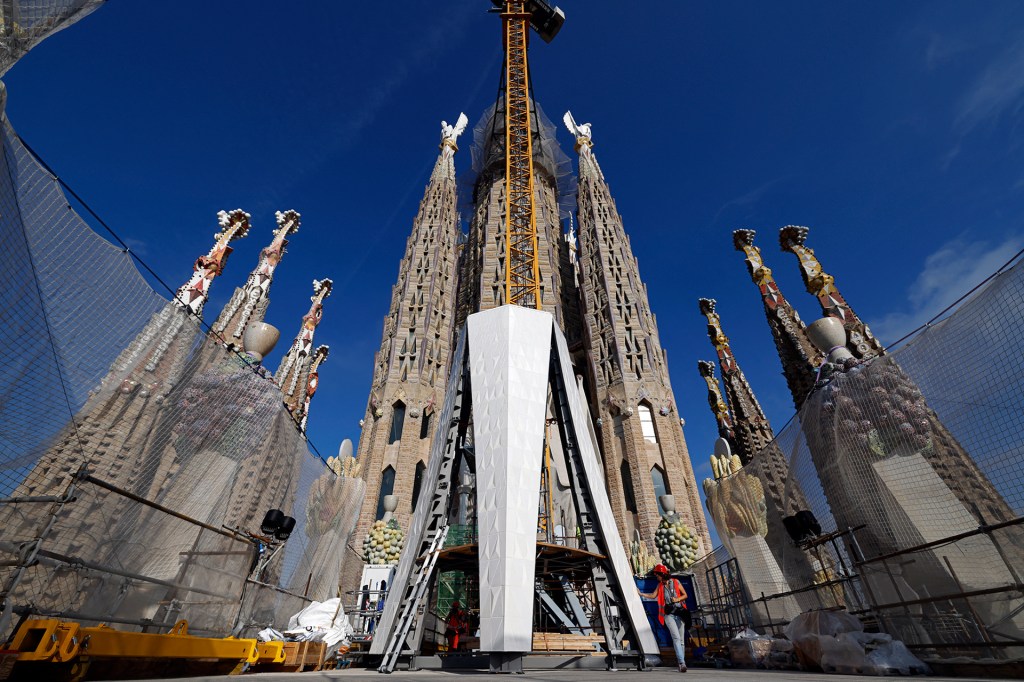Trash to Treasure
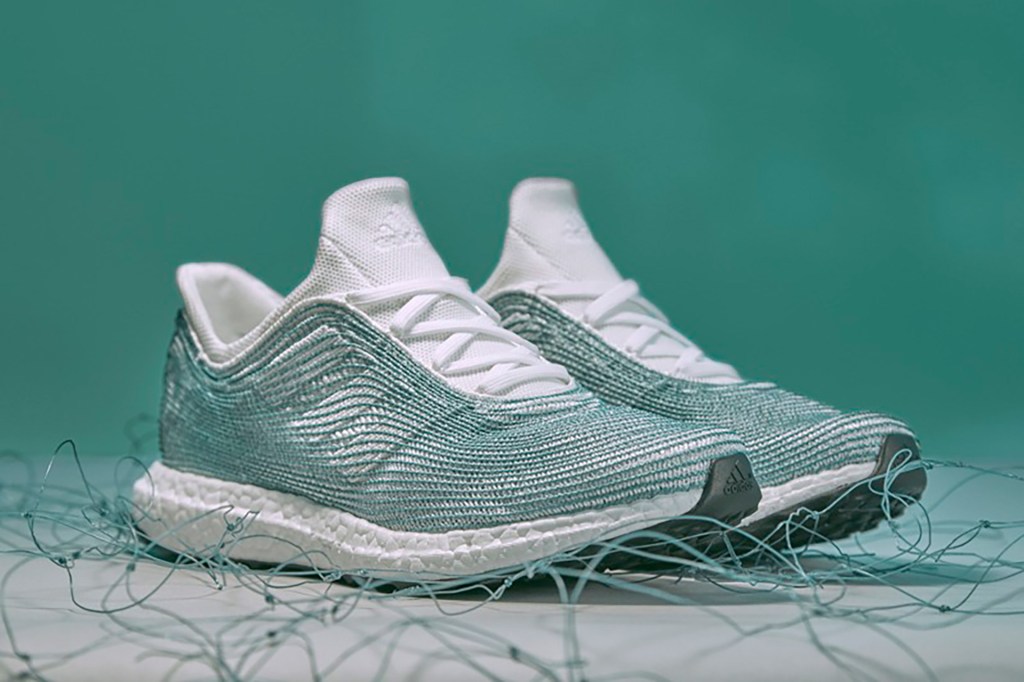
Plastic waste has an impact on our planet. It comes from the things we produce and buy—from food containers and packaging to the soles of sneakers. Plastic piles up in landfills. When it ends up in our oceans, it is harmful to ocean creatures.
Yet nearly 75% of that trash can be reused or recycled. This is one reason why many companies are investing in sustainable solutions. They are using ecodesign. It is an approach to design that considers a product's impact on the environment. From design and creation to disposal, the goal is to create as little waste as possible.
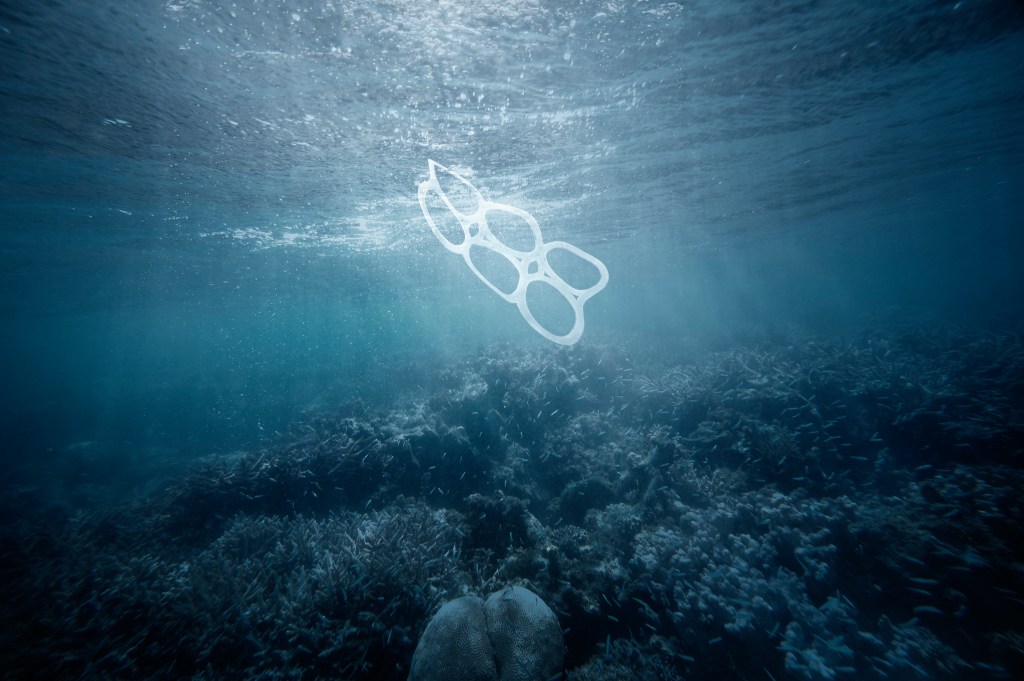
POLLUTION SOLUTION Cut up plastic rings before recycling them. Sea creatures get caught in them.
MAARTEN WOUTERS—GETTY IMAGESEco-Kicks
Athletic-shoe makers are leading the way when it comes to creating environmentally friendly products. Adidas teamed up with the environment group Parley for the Oceans. They created sneakers made from recycled ocean plastics and fishing nets.
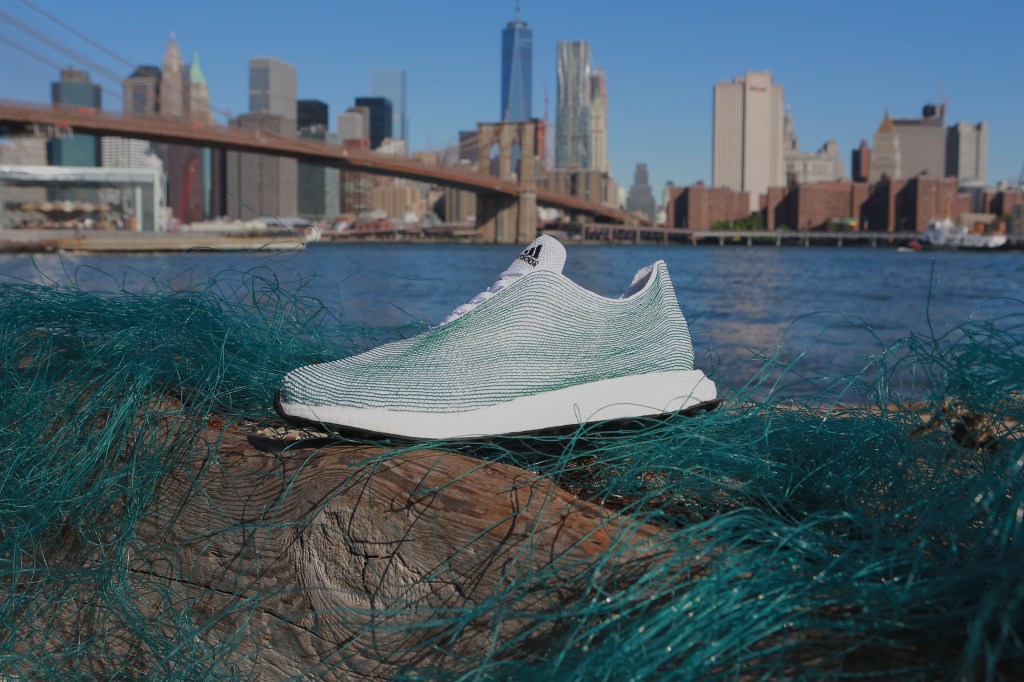
MAKING WAVES Adidas and Parley for the Oceans teamed up to create this sneaker made from recycled ocean plastic.
ADIDAS"It's about collecting the plastic or stopping it from going into the oceans," says the shoe's designer, Alexander Taylor. "Then it's about processing it: creating yarns and [other] materials."
The idea caught on, and the company is now offering more Earth-friendly products. More recently, Adidas designed a shoe woven from material that is modeled on spider silk. When the shoe reaches the end of its lifetime, it can fully break down in water.

TIGHT GRIP Plastic fishing nets can be harmful to marine life like this crab.
JEFF WIRTH—SEA SHEPHERD GLOBALNot to be outdone by Adidas, Nike is also in the ecodesign race. The company is manufacturing many of its shoes using parts from recycled sneakers and waste from its factories. Nike says that since its FlyKnit line launched in 2012, it has kept 182 million plastic bottles out of landfills.
Making and buying ecodesigned products lets both manufacturers and consumers help the planet. "Sustainability is about doing your part and taking responsibility," Taylor says. "It's about understanding the impact everything around us has on the planet."
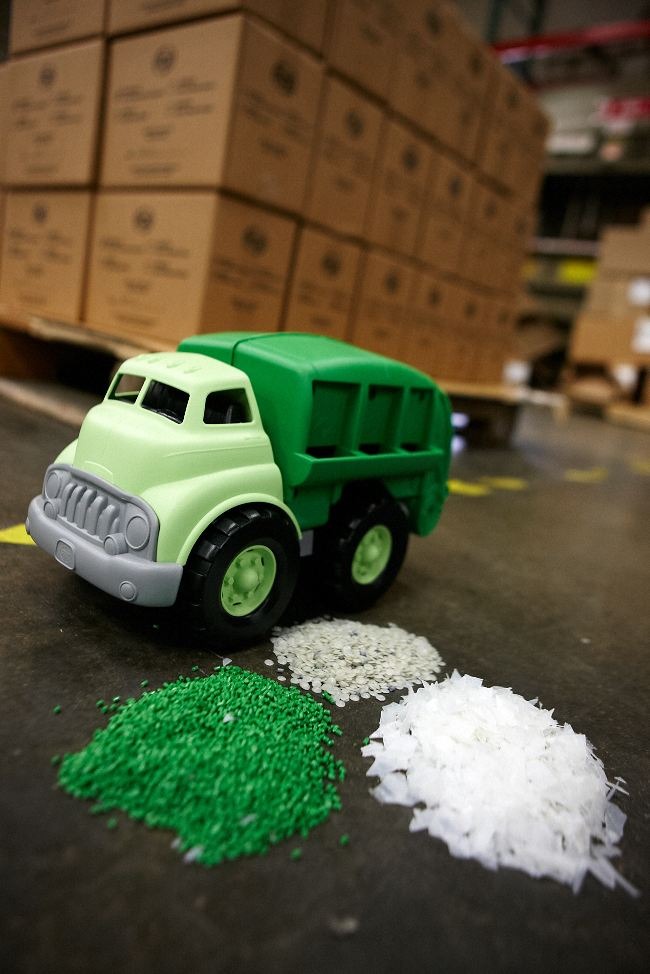
Green Toys is helping the Earth. The company uses milk jugs and other recycled material to make toys for toddlers.
GREEN TOYSGreen Is Child's Play
"Every day is Earth Day," Green Toys states proudly on its website. The California-based toy company's ecodesigned toys are made from milk jugs and other recycled materials headed for landfills.
Green Toys buys the plastic from waste-management companies. It is cleaned, separated by color, and turned into pellets. The pellets are then heated and molded to make the toys. The company says it has stopped nearly 50 million milk jugs from entering landfills by using them in their toys.
"Kids can effect change by what they choose to play with," Green Toys' chief creative officer, Ian Coats MacColl, told TFK. "Put that milk jug in the recycling bin—it can become a toy instead of something harmful to the planet."





